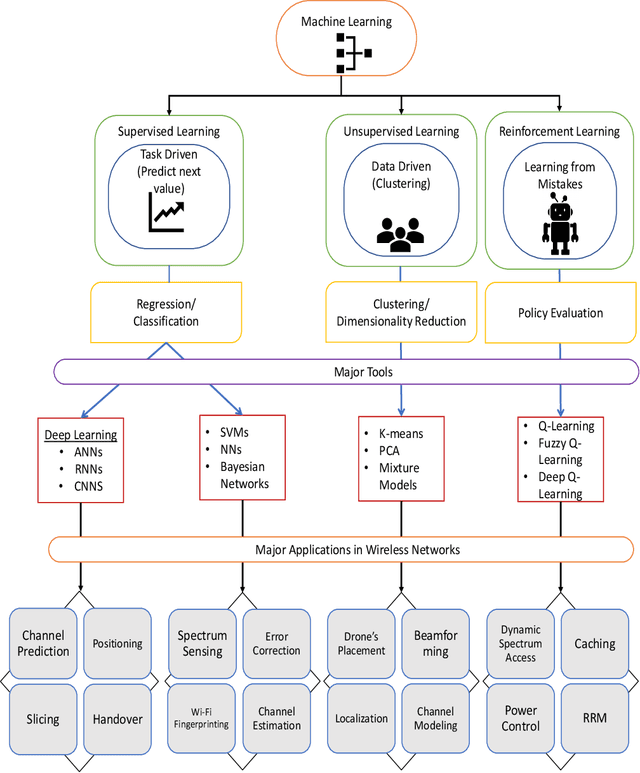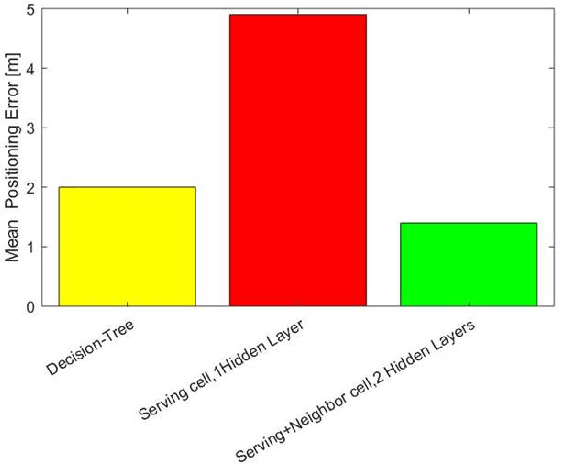Istvan Z. Kovacs
Artificial Intelligence for 6G Networks: Technology Advancement and Standardization
Apr 02, 2022



Abstract:With the deployment of 5G networks, standards organizations have started working on the design phase for sixth-generation (6G) networks. 6G networks will be immensely complex, requiring more deployment time, cost and management efforts. On the other hand, mobile network operators demand these networks to be intelligent, self-organizing, and cost-effective to reduce operating expenses (OPEX). Machine learning (ML), a branch of artificial intelligence (AI), is the answer to many of these challenges providing pragmatic solutions, which can entirely change the future of wireless network technologies. By using some case study examples, we briefly examine the most compelling problems, particularly at the physical (PHY) and link layers in cellular networks where ML can bring significant gains. We also review standardization activities in relation to the use of ML in wireless networks and future timeline on readiness of standardization bodies to adapt to these changes. Finally, we highlight major issues in ML use in the wireless technology, and provide potential directions to mitigate some of them in 6G wireless networks.
* 6
 Add to Chrome
Add to Chrome Add to Firefox
Add to Firefox Add to Edge
Add to Edge